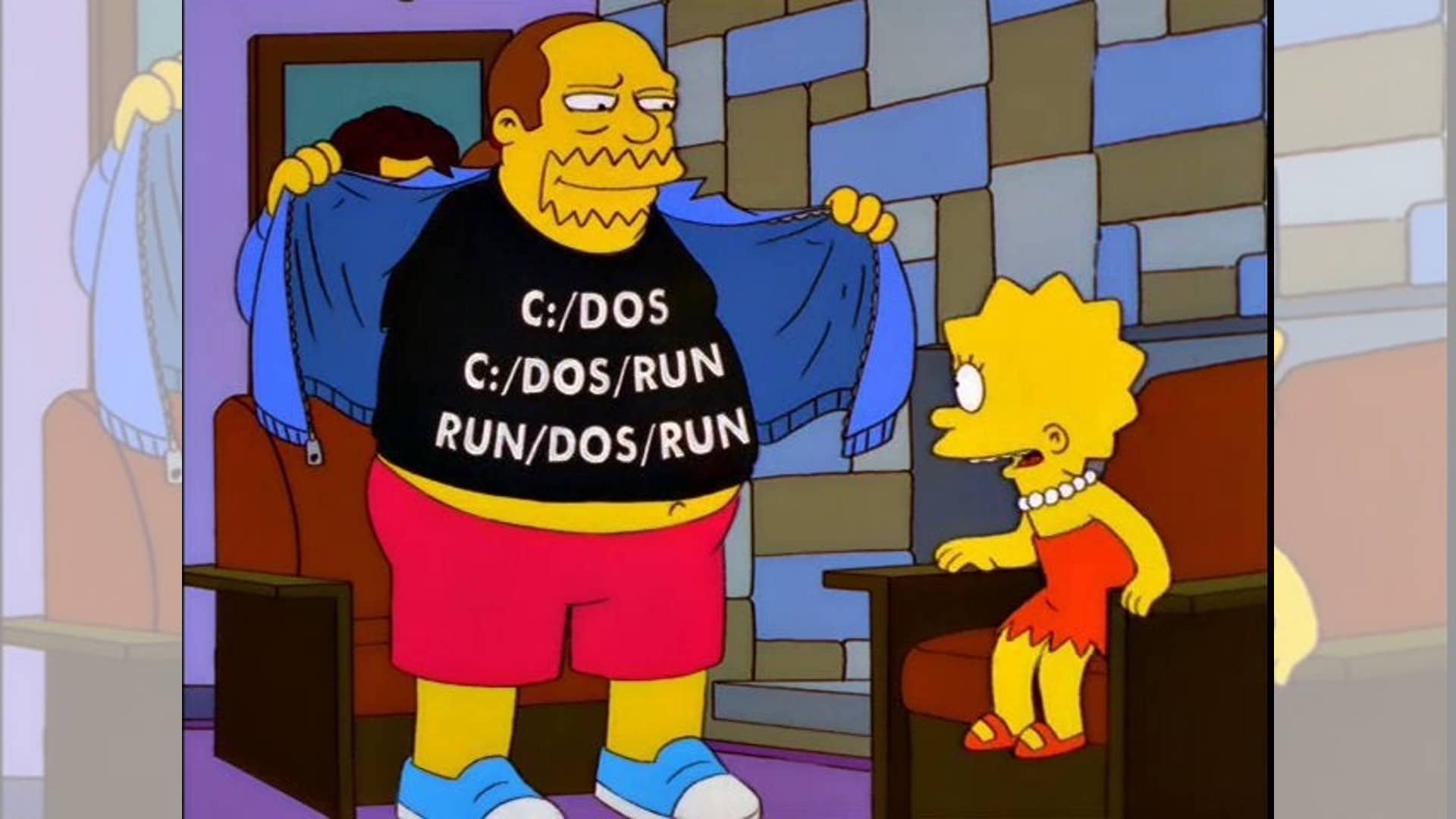
Linking intelligently (or why I love bit.ly)
Ben Malbon
03/04/2009
I transitioned from tinyurl.com to bit.ly earlier this year. Probably way after most people started using it. It’s awesome. But I’m guessing the reason I love bit.ly is not the reason most people would give. Yes, bit.ly delivers super utility simply by shortening a link of seemingly any length to virtually no length. And it makes it easy and quick. That’s part of it.
But I’ve become addicted to the data which bit.ly provides on every link you shorten. Because with bit.ly the shortening is just the beginning of its magic. If you register on the site you have a record of all the links you’ve shortened. And if you hit the ‘Info’ function underneath a link you are presented with a treasure trove of metrics & insight. Traffic (clicks) with time & date information, geographical location, platform used to access the link, conversations the link featured within, RTs, and so on.
So one learns that a link posted on Twitter that touches on industrial design is 50% more likely to be clicked on in Brazil than in the UK. Or a link that relates to LEGO is three times as likely to be clicked on in Denmark than in Canada. Or that the optimum time to post is 10pm ET, or that actually one needs to re-post because the two peaks are 10pm ET and 10pm GMT, or that if you want to provoke an Australian audience one should post after 11pm ET.
Much of this might seem intuitive, but accessing the data that proves (or refutes) some of the assumptions we work with when we share links is a revealing exercise. Above all, it provides much greater depth of feedback on what’s popular (or not) than simply the crude measure of how often your message is RT on Twitter. And it’s not just Twitter - you can add a bit.ly add-on to your Gmail (http://bit.ly/Xd1yM).
Bit.ly allows you to do a whole lot more than fire-and-forget; it promotes smart linking, and that makes it cool in my (Excel work) book.
